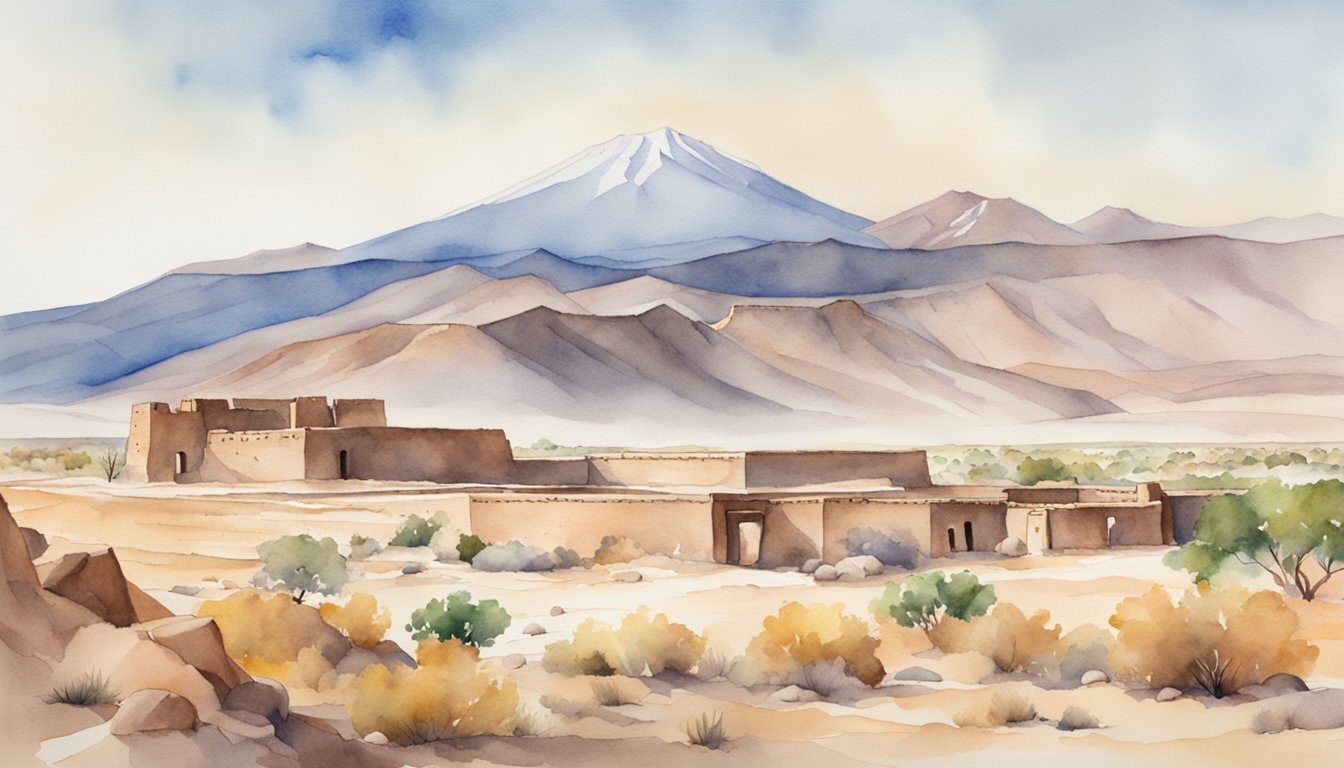Exploring the Atacama: Geography and Climate
Landscape Features
The Atacama Desert is a vast plateau located on the Pacific coast of South America, stretching over 1,000 miles along the western edge of the Andes Mountains. This fascinating region is known for its unique landscape features, including rugged dunes, deep valleys, expansive salt flats, and sparse oases. The desert is home to many natural attractions such as the Moon Valley and Death Valley, both of which are known for their otherworldly rock formations and picturesque views.
Some popular outdoor activities in the Atacama Desert include exploring the El Tatio Geysers, touring the Salar de Atacama salt flat, and sandboarding down the dunes. The region also boasts a number of impressive volcanoes, adding an element of drama to the already stunning scenery.
Climate Patterns
The Atacama Desert is known as the driest nonpolar desert in the world. Its unique climate is characterized by extremely low rainfall, with some areas receiving no recorded precipitation in history. The desert’s aridity is influenced by its location between the Andes Mountains and the Pacific Ocean, which creates a double rain shadow effect, preventing moisture-laden clouds from passing over the region.
Temperature fluctuations in the Atacama can be extreme, with daytime highs reaching up to 104°F (40°C) and nighttime lows dipping below 32°F (0°C). Coastal fog, known as camanchaca, is common in certain parts of the desert, providing some moisture to the region’s flora and fauna.
Flora and Fauna
Despite its harsh conditions, the Atacama Desert boasts a unique ecoregion with a diverse range of plant and animal species adapted to survive in this challenging environment. Some organisms, such as the Tillandsia plants and the desert fog lichen, rely on the moisture provided by the camanchaca fog to survive in the seemingly barren landscape. Hardy shrubs like the Llareta plant can also be found in the area, as well as cacti, which store water in their thick stems to withstand the desert’s dry spells.
The animal inhabitants of the Atacama include small mammals like the Viscacha, a rabbit-like rodent, and the South American Gray Fox. Various bird species, such as the Humboldt Penguin and the Andean Flamingo, thrive in the desert’s unique ecosystems, taking advantage of the scarce water resources found in oases and salt flats.
How Does the Atacama Desert Compare to Other Destinations in South America for Travelers?
The Atacama Desert presents a unique allure for travelers, offering stark landscapes and a sense of solitude that contrasts sharply with destinations like Rio de Janeiro. While visitors flock to the lively beaches and festivals, those seeking tranquility can find their own adventure in the desert, especially before setting off to explore the vibrant culture of brazil.
Culture, History, and Economy

Historical Significance
The Atacama Desert, located in northern Chile, has a rich history dating back to around 500 AD. The region was first conquered by the Tiwanaku people and later, in the 15th century, by the Incan emperor Topa Inca Yupanqui. The Inca regime introduced a new social order, the Inca sun cult, and various customs, including the use of coca leaves.
During the 19th century, the Atacama Desert played a significant role in the War of the Pacific due to its vast sodium nitrate deposits. The Treaty of Ancón, signed in 1883, ultimately granted Chile control over the territory, further contributing to the development of the mining industry in the region.
Indigenous Communities
The Atacama Desert was home to several indigenous communities, including the Atacameño, Aymara, and Diaguita. These cultures thrived in the Andean desert oases by cultivating crops such as corn, beans, quinoa, and squash, as well as herding llama and alpaca. The Atacameño people have been mostly assimilated into Spanish and Aymara culture, but some of their customs and traditions still persist.
Economic Activities
Economic activities in the Atacama Desert have traditionally been centered around the mining industry, with an emphasis on nitrate and copper extraction. The mining industry continues to play a crucial role in the region’s economy today.
In addition to mining, tourism has become an important economic driver for the region. The rise of tourism has not only provided new economic opportunities but also helped to preserve traditional communities within the desert. Young people in these communities can now find work through cultural tourism, mitigating the need to migrate to larger cities for employment opportunities.

